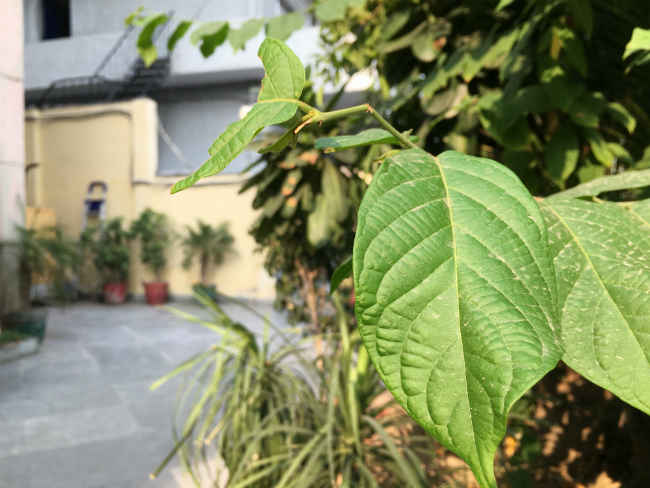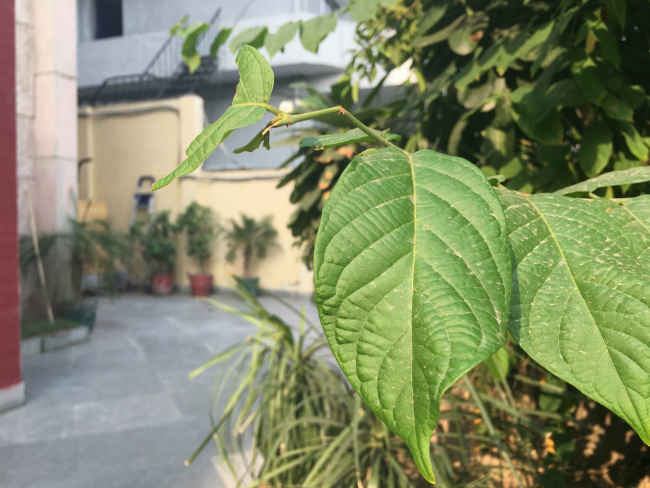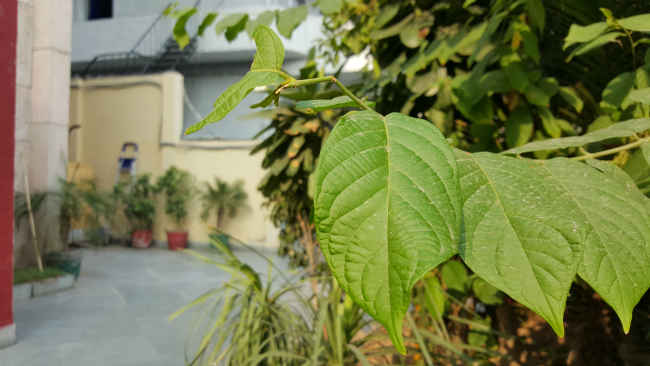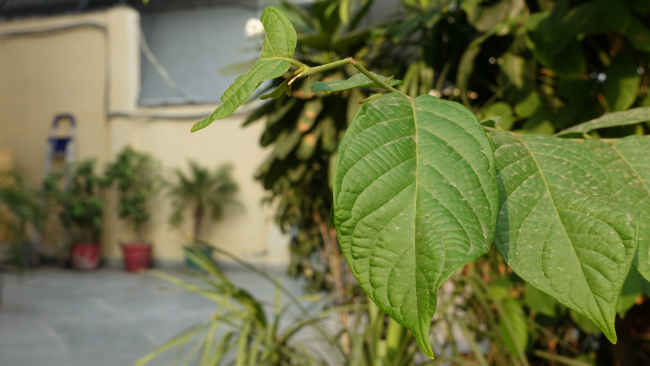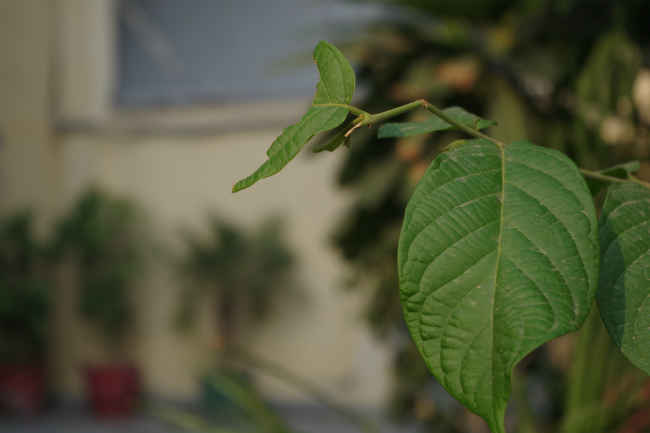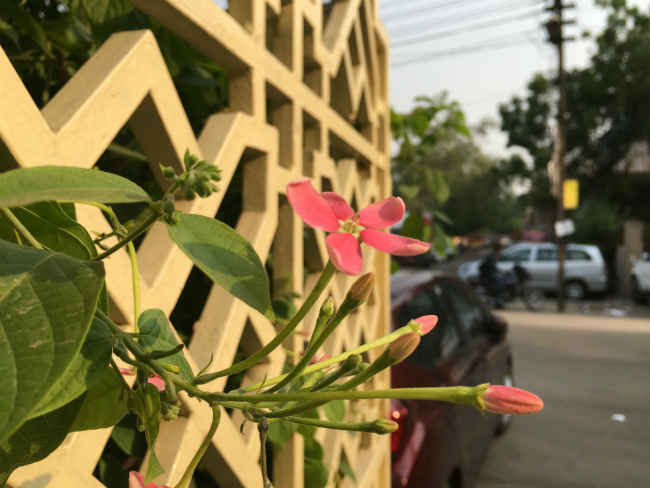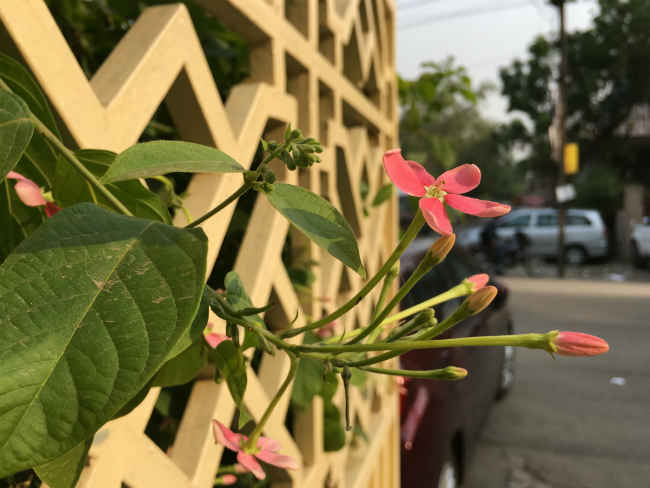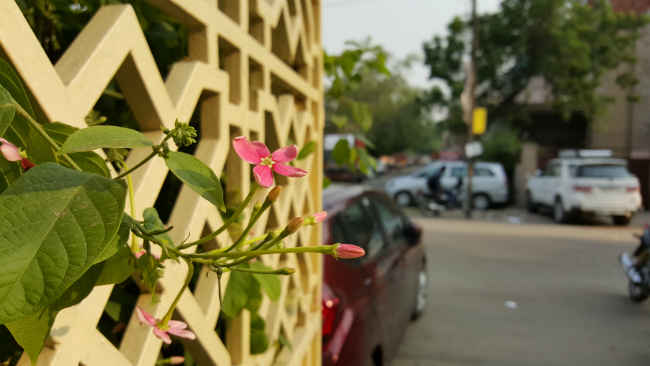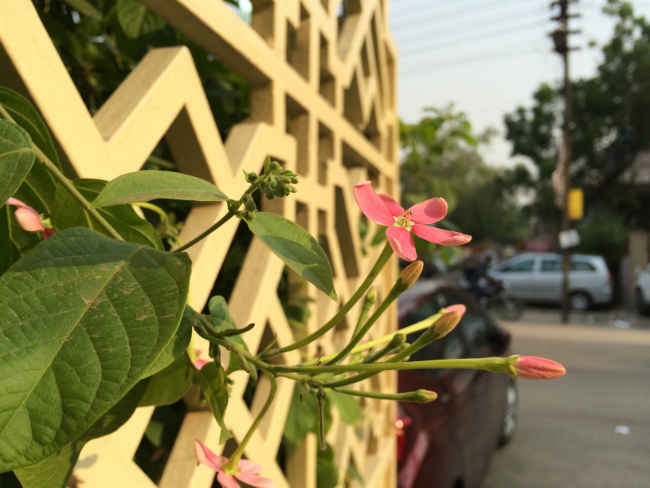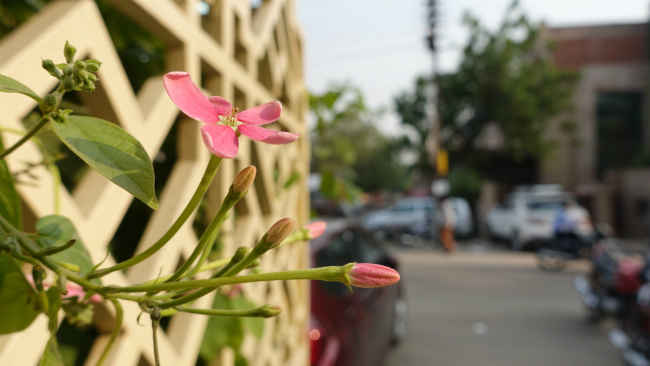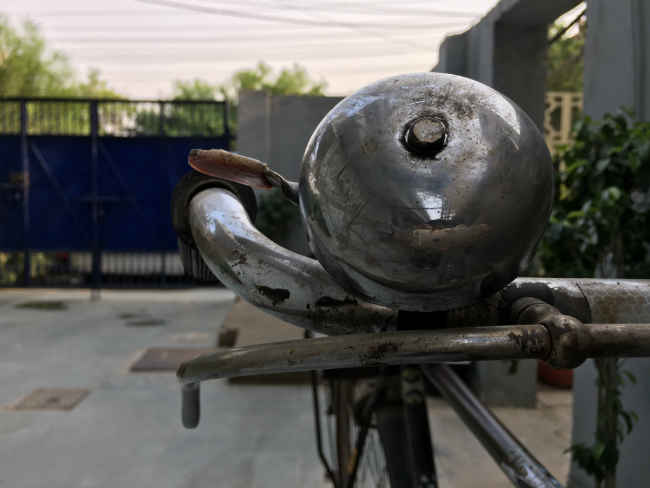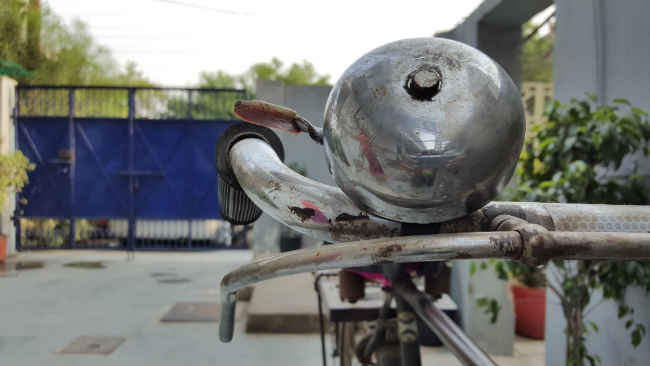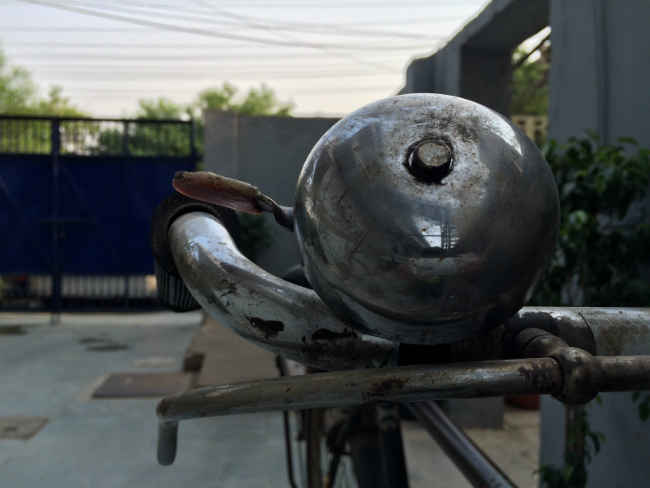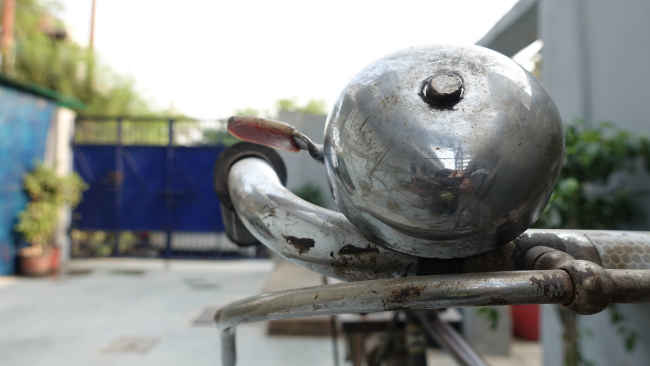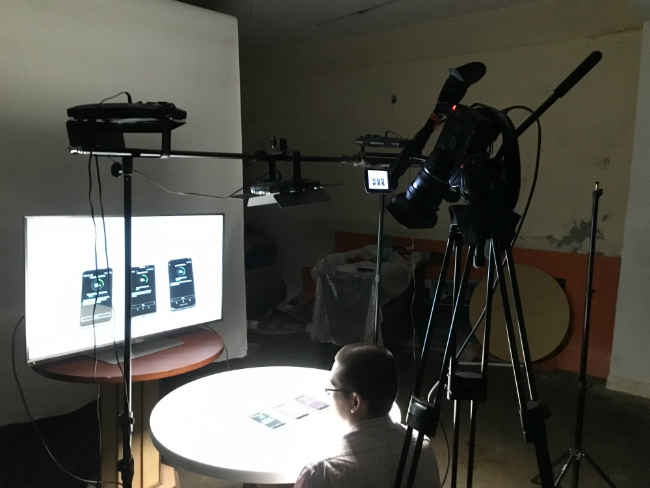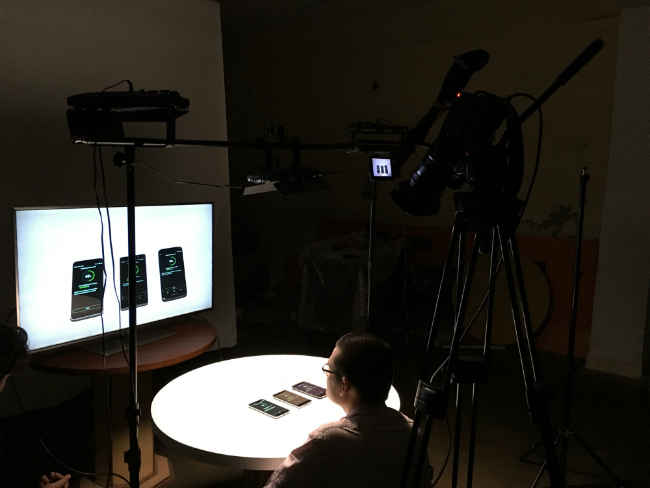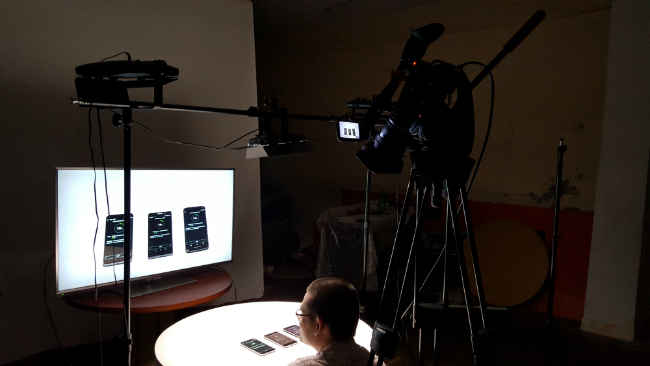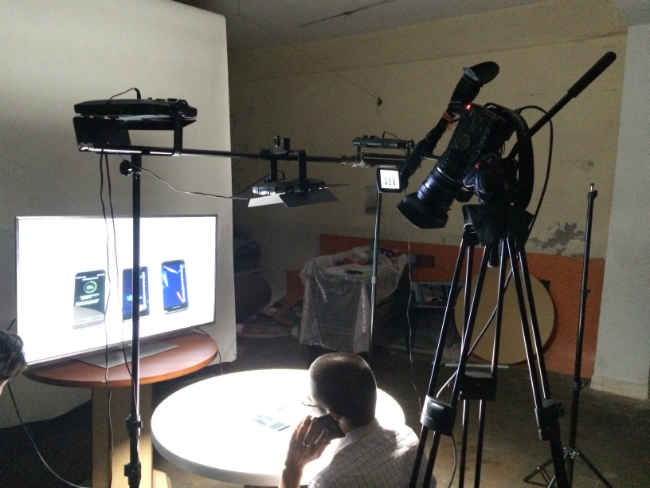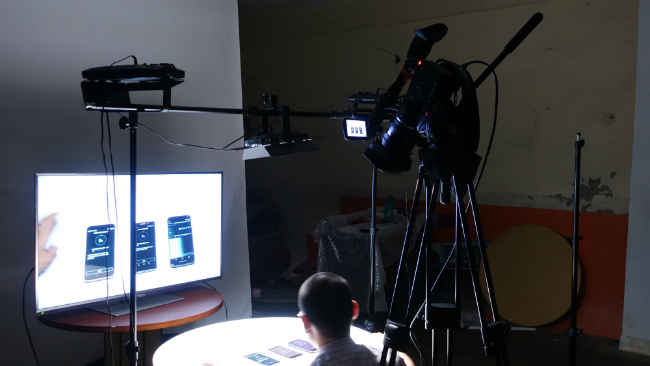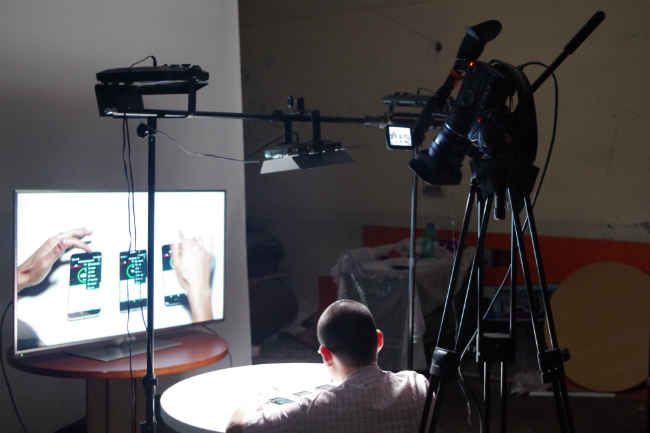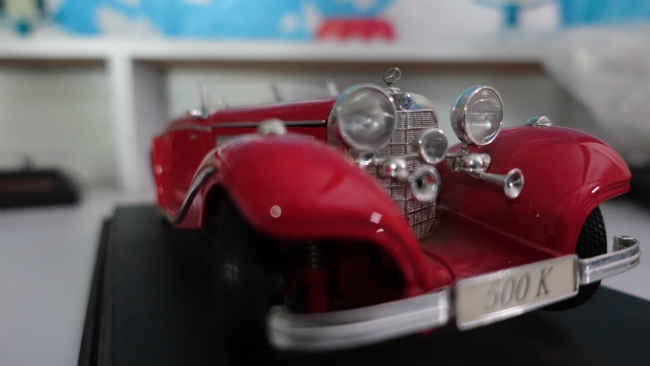Lights ‘Camera’ Action: Apple iPhone 6s & 6s Plus Vs Samsung Galaxy Note 5 Vs DSLRs
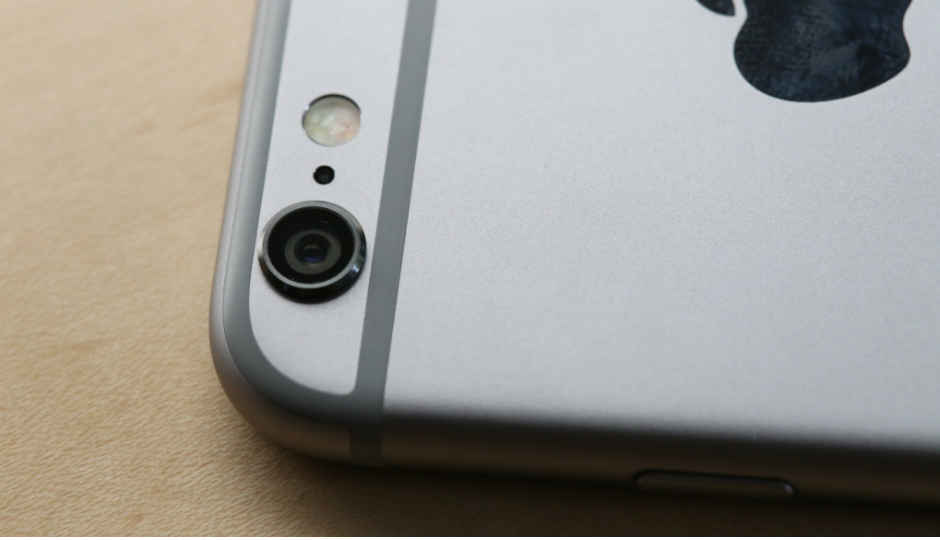
We pit the iPhone 6s & 6s Plus against the Samsung Galaxy Note 5, the iPhone 5s and two cameras – Pentax K-S2 and Sony RX100 Mark IV. Let's find out how close they came to matching the cameras.
The Apple iPhones, after a long while, finally underwent a big upgrade. The 12-megapixel iSight camera is a step up from the 8-megapixel iSight sensor on the iPhone 6. Incidentally, the iPhone 5s also had the same megapixel-count in its image sensor. So, in light of the recent increments, we pit the iPhones 6s & 6s Plus against the older iPhone 5s, the Samsung Galaxy Note 5, and two cameras – the Sony RX100 Mark IV advanced point-and-shoot, and the Pentax K-S2 DSLR.
For the test, we threw five random conditions with a uniform subject, for all five cameras. Here’s how they performed.
Note: All cameras were left to fully automatic settings, and resized to fit a width of 650 pixels.
Direct Sunlight
Smartphone cameras:
Shot by iPhone 6s
Shot by iPhone 6s Plus
Shot by Samsung Galaxy Note 5
Shot by iPhone 5s
Reference cameras:
Shot by Sony RX100 Mark IV
Shot by Pentax K-S2
The image performance of the new iPhones are visibly better than the older iPhone 5s, in terms of colour balance, details and overall clarity. However, the image clicked by the iPhone 6s is nearly comparable to the one clicked by the iPhone 5s. The iPhone 6s Plus, on the other hand, rendered much better image quality, in terms of light distribution, background clarity, and overall colour balance. However, the image lacks contrast and sharpness levels, and rendered a lower colour temperature – areas where the Samsung Galaxy Note 5 picked up, and beat the iPhone 6s Plus, hands-down. The Galaxy Note 5 balanced the contours on the leaves the best amongst the smartphone cameras, along with keeping the colour tone warm and rich in contrast.
The two reference cameras, Pentax K-S2 and Sony RX100 Mark IV, presumably clicked the same photograph with greater amount of detail. While the K-S2 shot a darker image by balancing the incident light on the leaf to the darkness of the shade in the background, the RX100 Mark IV shot a balanced image, almost rendering a true-to-source colour depth and warmth.
From the four smartphones, the Samsung Galaxy Note 5 came closest to the cameras, in terms of colour depth, clarity and richness of texture.
Direct Sunlight (Macro)
Smartphone cameras:
Shot by iPhone 6s
Shot by iPhone 6s Plus
Shot by Samsung Galaxy Note 5
Shot by iPhone 5s
Reference cameras:
Shot by Sony RX100 Mark IV
Shot by Pentax K-S2
Our second photograph was a test of shooting macro under direct sunlight. The K-S2, obviously, had the fastest and most accurate focusing mechanism, succeeded by the Sony RX100 Mark IV. Among the smartphones, the iPhone 6s and 6s Plus hooked on to the subject faster than the Samsung Galaxy Note 5, but only by a narrow margin.
Coming to the photograph itself, the new iPhones are an improvement over the older iPhone 5s, but the difference between the iPhone 5s and 6s need to be spotted with a fine eye. The iPhone 6s Plus has an entire league of improvement over the iPhone 5s – in terms of clarity, gradient on the petals, colour temperature, colour depth, and the overall saturation of the image. The Samsung Galaxy Note 5 produced a photograph that would possibly have a wider appeal in general, by slightly oversaturating the image to produce deeper colours and a slightly higher colour temperature. While the Note 5’s photograph looks better than the iPhone 6s Plus’ on first look, the iPhone 6s produced more true-to-source colours, which would leave photography enthusiasts with a more ‘original’ photograph, that can later be enhanced during post-processing of the photograph. The level of details on the photograph captured by the Galaxy Note 5 is marginally better than the details captured by the iPhone 6s Plus, and while the details are considerably lesser than both the Sony RX100 Mark IV and the Pentax K-S2, the smartphone cameras do remarkably well, considering the much smaller sensors they are equipped with.
We would call this a tie between the iPhone 6s Plus and the Galaxy Note 5 – the iPhone, for the true-to-source colours, and the Note 5, for better details.
Shade
Smartphone cameras:
Shot by iPhone 6s
Shot by iPhone 6s Plus
Shot by Samsung Galaxy Note 5
Shot by iPhone 5s
Reference cameras:
Shot by Sony RX100 Mark IV
Shot by Pentax K-S2
It really is a fight to the finish between the iPhone 6s Plus and the Galaxy Note 5, and the two smartphone cameras here have pushed each other down to the last detail. The iPhone 5s actually does remarkably well, and the only point where the iPhones 6s and 6s Plus move ahead of the iPhone 5s are in the focusing area, where both of them are considerably faster.
Moving on to the details, the iPhone 6s Plus adapted to the shade conditions to produce a photograph with deeper shades and better contour. The scratch marks on the bell and the slight texture on the bicycle’s handlebars are prominently in focus. In addition, the iPhone 6s Plus rendered more true-to-source colours and colour balance in accordance to the lighting present in the situation of capturing the image. The Galaxy Note 5 tried to accommodate more light into the photo frame because of low direct light and as a result led to a flat mise-en-scene. The iPhone 6s Plus edged out the Galaxy Note 5 this time round, with the iPhone 5s rendering a photograph close to the iPhone 6s Plus and Note 5’s image quality. The iPhone 6s, unfortunately, was nothing exceptional to note here (it is still very good, nonetheless).
The two reference cameras, K-S2 and RX100, balanced the light profile to accommodate more brightness in automatic mode, and in terms of performance from these camera taken as benchmarks for this test, the Galaxy Note 5 comes closer. However, with better accuracy in colour temperature, depth of tone, and richer contrasts and gradients, the iPhone 6s Plus gets our pick.
Center light in dark room
Smartphone cameras:
Shot by iPhone 6s
Shot by iPhone 6s Plus
Shot by Samsung Galaxy Note 5
Shot by iPhone 5s
Reference cameras:
Shot by Sony RX100 Mark IV
Shot by Pentax K-S2
In this photograph, we shot our video editor testing his new products in our studios. The only source of light here was the LED spotlight in the center. in comparison to our reference cameras, none of the smartphone cameras could accommodate as much light as the cameras, along with keeping the colours intact. The Galaxy Note 5 illuminated the frame better and had better relative sharpness in comparison to the iPhones. All the three iPhones in turn, gave better colours. The iPhone 5s, however, bleached the illuminated areas completely. While the iPhone 6s fared comparatively better, it is only the iPhone 6s Plus that really balances the light and despite the lower overall sharpness and contrast, the colours appear more balanced and accurate. The Galaxy Note 5’s photograph looks better in terms of overall sharpness and clarity, although the colours are oversaturated to give a crisp definition to the objects in the frame.
Although the iPhone 6s Plus captures the true colours and leaves room for oversaturation in post-processing It really depends on what a viewer prefers. The Samsung Galaxy Note 5’s image is much better in terms of overall sharpness in the dim light, and although the oversaturation, personally, did not appeal to me, it does make the image more definitive. Yet again, we call this a tie.
Low light
Smartphone cameras:
Shot by iPhone 6s
Shot by iPhone 6s Plus
Shot by Samsung Galaxy Note 5
Shot by iPhone 5s
Reference cameras:
Shot by Sony RX100 Mark IV
Shot by Pentax K-S2
The lowest-lit situation among the five showed the superiority that standalone camera sensors have over smartphone cameras, no matter how advanced they may get. The Pentax K-S2 gave the most balanced colours, lowest amount of noise, and best fidelity among the six images, while the Sony RX100 Mark IV illuminates the frame more, and slightly desaturated the colour.
The Samsung Galaxy Note 5’s noise reduction algorithm works much better to come closest to the two cameras, and renders better details with lesser noise, while desaturating the colour to an extent. The iPhone 6s Plus, on the other hand, keeps the colour intact, but has higher noise than the Galaxy Note 5. The two other iPhones have much higher noise levels. In terms of overall fidelity and the drastically lesser noise level, the Galaxy Note 5 marginally beats the iPhone 6s Plus, although the true colours on the iPhone always remain a positive factor.
The iPhone 6s Plus does have an improved camera from before, but to call it revolutionary might be a tad overstretched. The Samsung Galaxy note 5 almost always matched the iPhone 6s Plus and even performed slightly better in a few situations (always subject to opinions). The Pentax K-S2 and the Sony RX100 Mark IV are standalone cameras, and they showed their worth through these tests.
In the end, the iPhone 6s Plus and the Samsung Galaxy Note 5’s cameras can be called a tie, seeing that each have their own prowess, and neither can be called ‘bad’. But, with true-to-source colour replication kept at the centre of photography in mind, the iPhone 6s Plus takes the cake, but only by a whisker.

